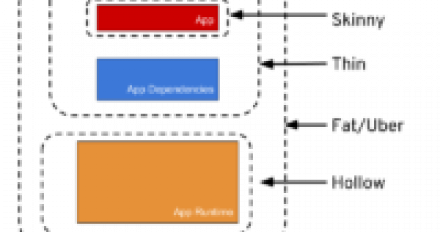
Curse you choices! Kubernetes or Application Servers? (Part 3)
Kubernetes may be the new application server for some, but not all Java apps. This article discusses the choices: traditional app servers, "just enough app server" choices like Thorntail, and Kubernetes.


















